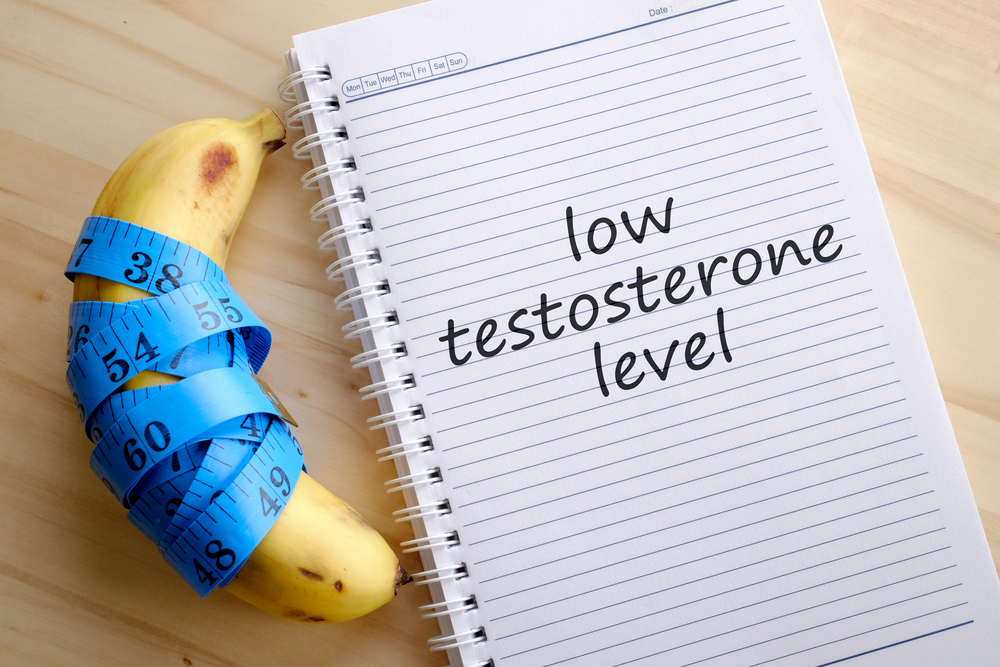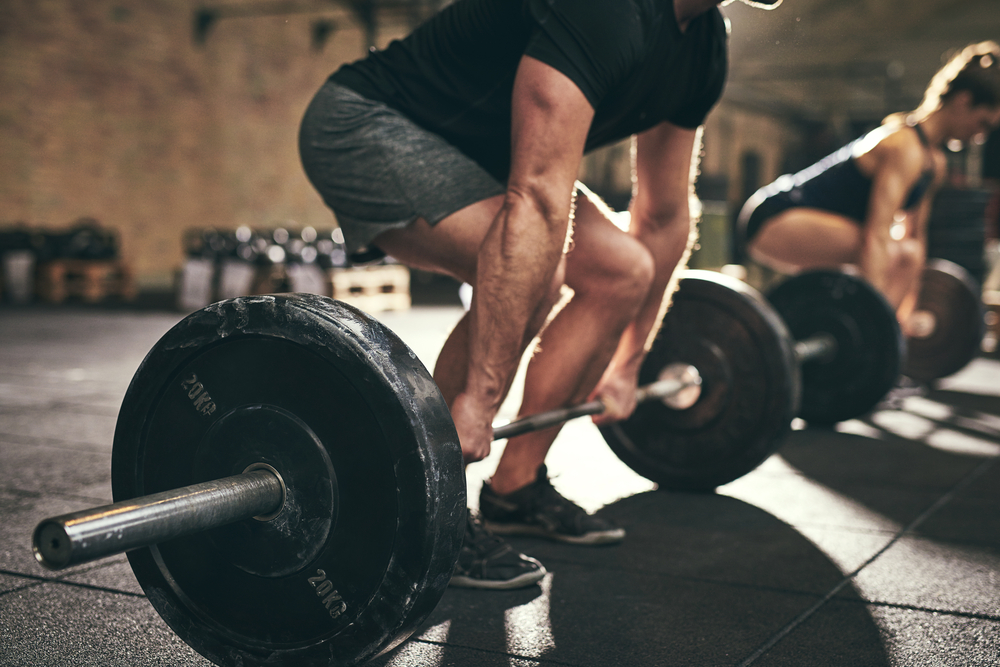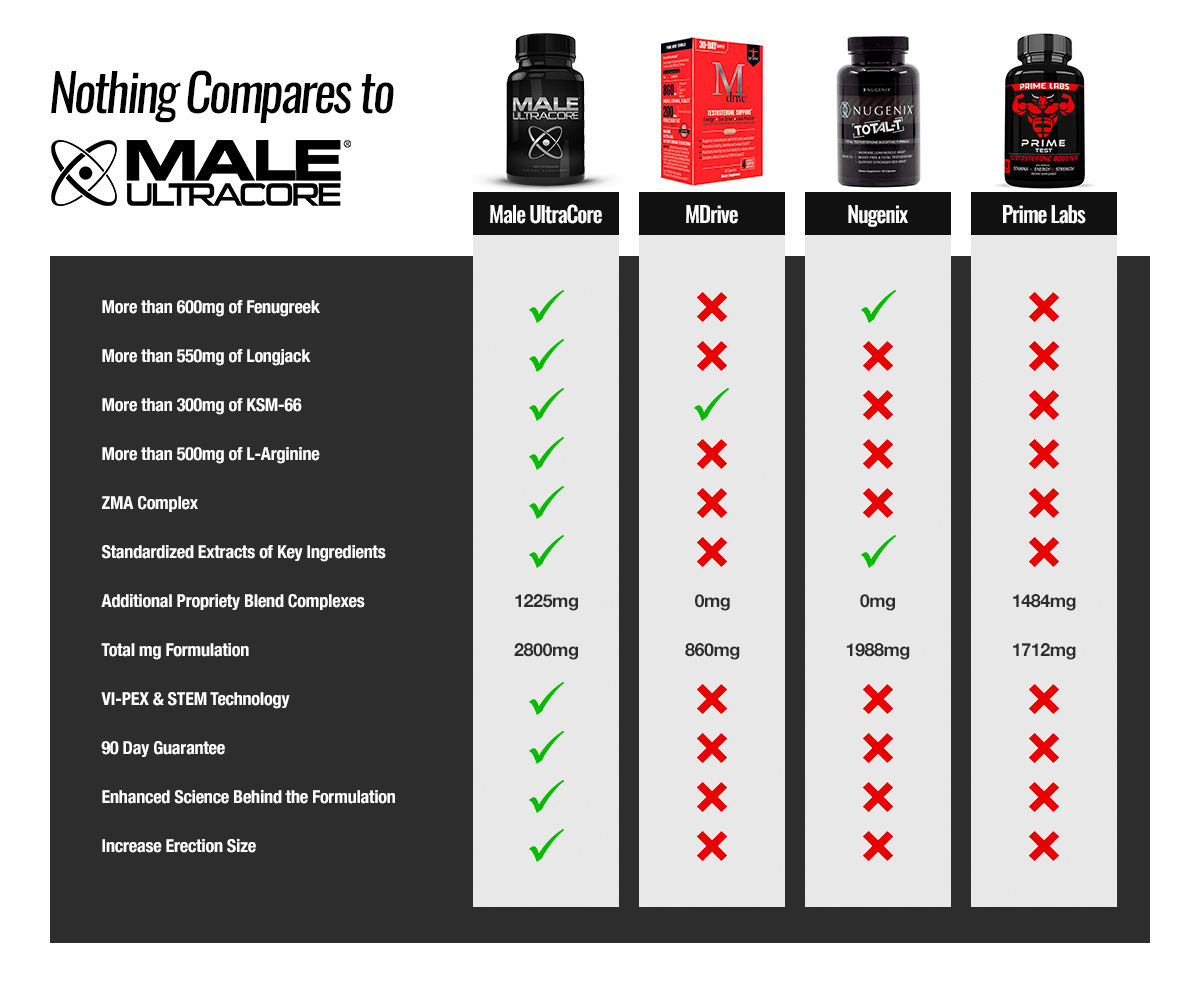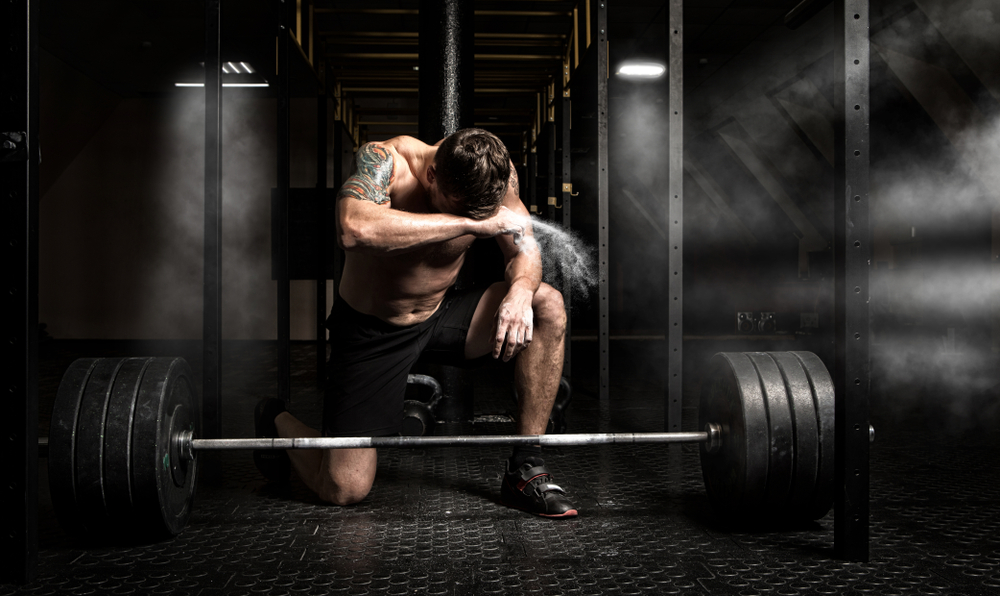Many fitness gurus say – “You only need good exercise and nutrition plans, and you are ready to go. It’s that simple!” Well, not really. If you ask the experts, there are many variables that come into exercise and nutrition, and it is extremely important to have your plans tailored to you because what you do in the gym or outside also impacts your hormones.
According to research, exercise directly influences testosterone levels. Whether that influence is good or bad, depends on the intensity and volume of training. If you are training hard but are still feeling fatigued, tired, and almost depressed then you are probably overdoing it. Too much exercise can not only lower your testosterone levels and prevent you from reaching your fitness goals but also seriously jeopardize the quality of your life and your health.
What is testosterone?
To understand how exercise influences testosterone levels, we need to establish what testosterone is and how it works.

Testosterone is a steroid hormone that can be found both in men and in women. Both sexes need it for producing new red blood cells, maintaining strong bones, building muscle mass, regulating libido, mood, etc. However, the average level of testosterone differs in men (adult human males average from 200 to 1000 ng/dL) and in women (women from 18-49: 8-48 ng/dL, women from 50+: 3-41 ng/dL) and it is also influenced by age, weight and, what we are concerned with here, fitness and exercise.
Influence of exercise on testosterone
In a nutshell, optimal levels of testosterone are important for maintaining health, but also for performance during training because it directly influences the energy levels. When you exercise, your body needs energy (from nutrition, rest, hormones, etc.). If your testosterone levels are low, your body will try to compensate by using the proteins from your muscles to get energy. This is what leads to the fatigue and tiredness you are experiencing since low testosterone levels lead to the break down of muscles.
When it comes to the interaction of exercise and testosterone levels, the literature suggests that excess exercise (running marathons, rowing, swimming) can lead to the “exercise-hypogonadal male condition,” in men and “female athlete triad” in women. This means that over-training influences the endocrine system negatively, which can lead to many unfavorable consequences for both sexes. When it comes to men, excess training leads to low testosterone levels in 25% of men who engaged in it. A marathon runner, for example, can expect to experience symptoms of low testosterone levels, since this type of exercise reduces testosterone levels up to 50%
Symptoms of low testosterone levels
There are many symptoms of low testosterone levels, depending on the sex. The common symptom is being moody, not being able to concentrate or memorize well, being annoyed easily, and feeling tired all the time. As for men, they usually experience low sex drive and their muscle mass and strength deteriorates, which is usually followed by gaining body fat. Women experience low testosterone levels far less than men, but still, when they do, they exhibit low libido, trouble with sleeping, hot flashes, and they also can lose muscle mass.
How to raise testosterone levels with exercise
Even though too much exercise can lower testosterone, the levels can also be improved by carefully monitoring the intensity and the volume of your training and by going for the most optimal exercise types.
1. Weightlifting

According to research, weightlifting has been shown to influence testosterone levels positively. By increasing muscle mass, you get your body to produce more testosterone. Of course, you should not go overboard with weightlifting either, but make sure you train your whole body.
2. HIIT
High-intensity interval training is also extremely beneficial for raising testosterone levels. According to a University of the West of Scotland study, this type of exercise is beneficial even for order males: “preconditioning exercise and HIIT improves TT by ~17% in previously sedentary older males”. Levels of testosterone also lower with age, so this is one of the ways you can slow down the process and maintain health. The ‘secret’ here is the rest period you have between exercises. The tests have shown that one or two minutes of rest between exercises are the most beneficial.
3. Time of the day
When it comes to raising your testosterone levels with exercise, it is not only about what type of exercises you engage in and what volume/intensity, but also when you decide to workout. Testosterone levels are naturally highest in the morning, so if you decide to lift weights then, this would lead to muscle-building. However, if the goal is boosting testosterone, there is some research which indicates that afternoon workouts are very beneficial, whether they be weightlifting or HIIT.
Conclusion
Even if you think you are leading a healthy lifestyle and that you have everything figured out, if you feel like something is wrong, you feel moody, tired or depressed, do not just brush it off and wait for it to pass. It may be that your lifestyle is too much for you and that it negatively influences your endocrine system, which undermines your performance and your overall health. Optimal levels of testosterone are very important, and you should act quickly to prevent any serious consequences.
Increase Your Testosterone Levels with Testosterone Boosters
Male UltraCore is a premium testosterone boosting supplement that is designed to maximize test levels, increase your performance and drive, and give you harder and fuller erections. 





